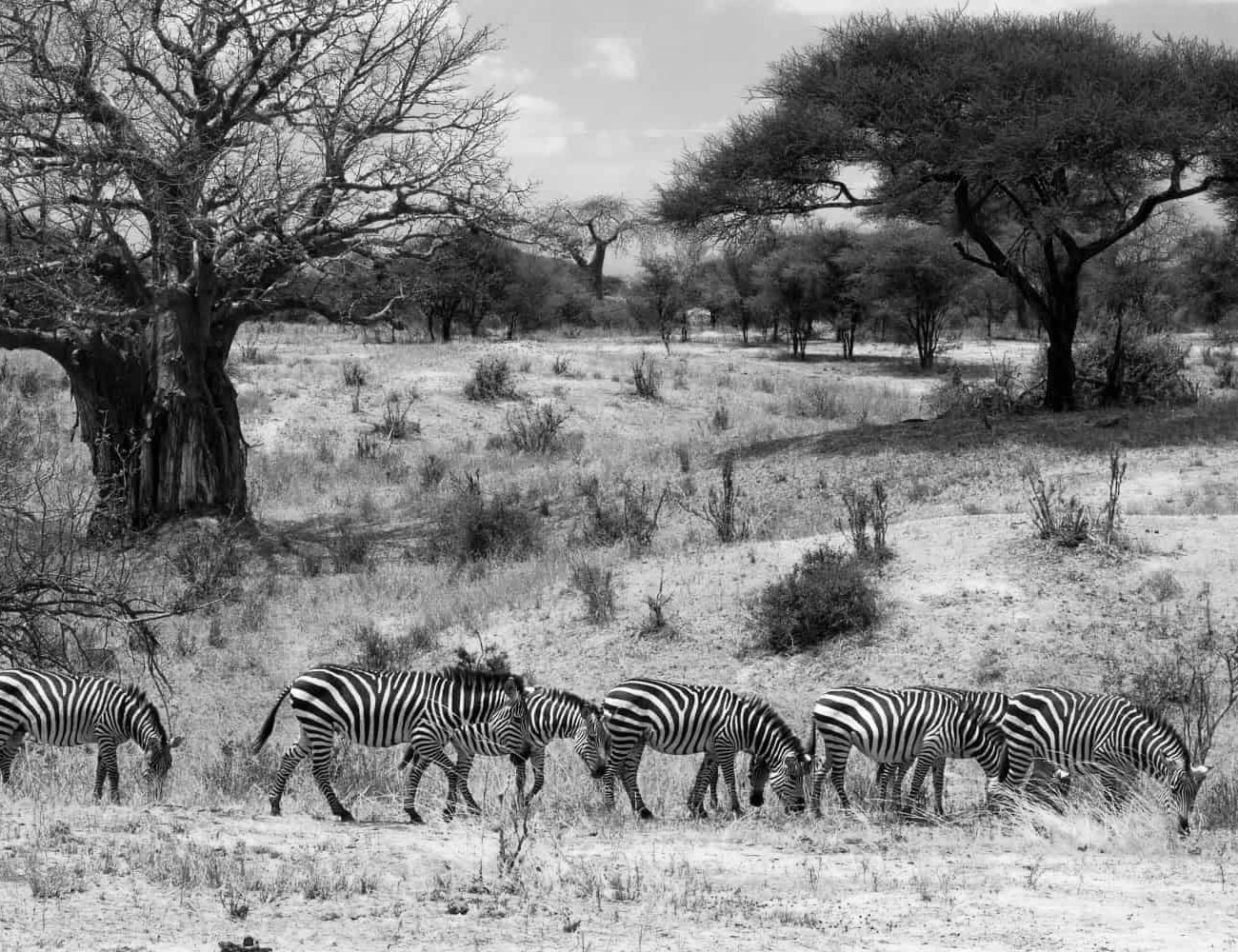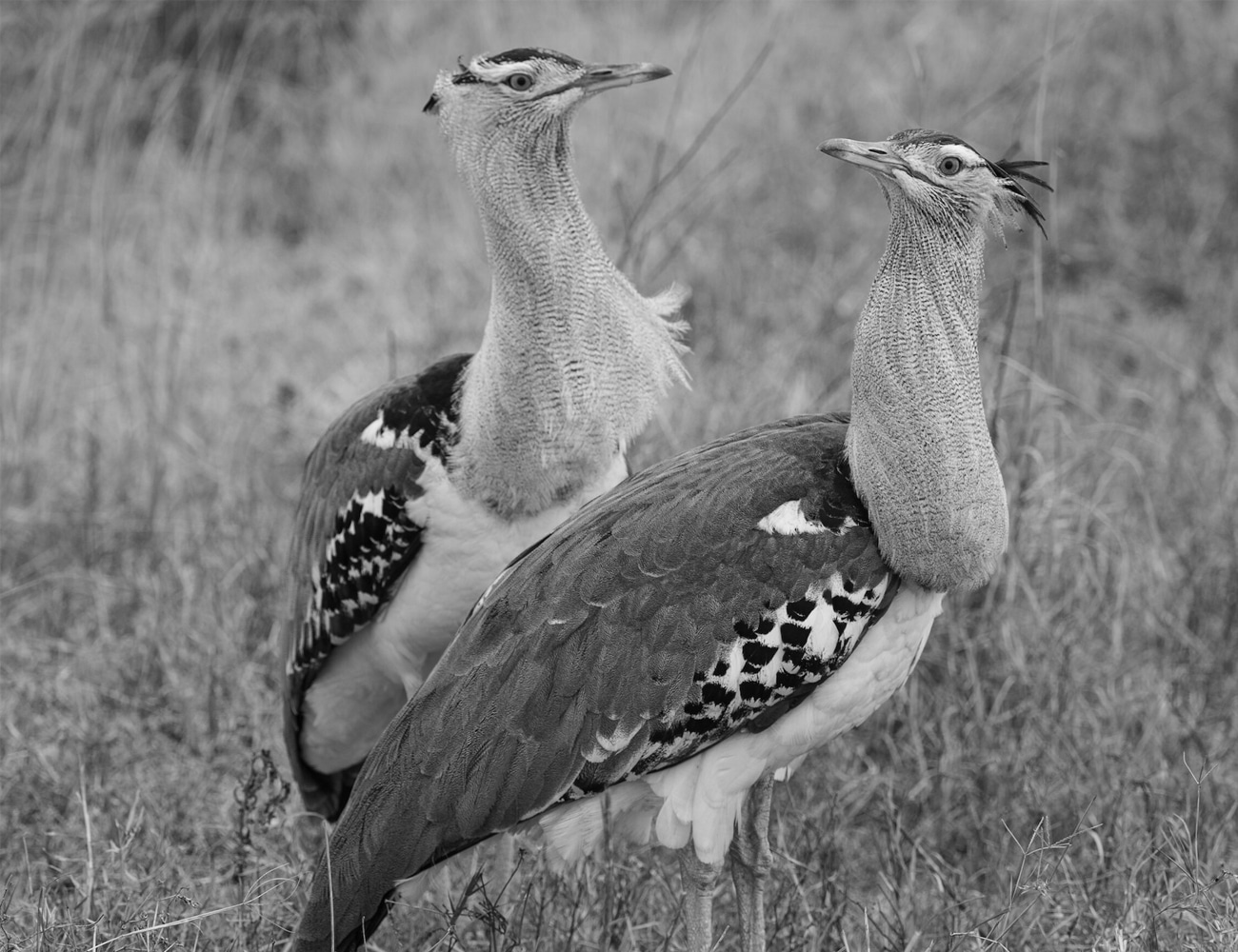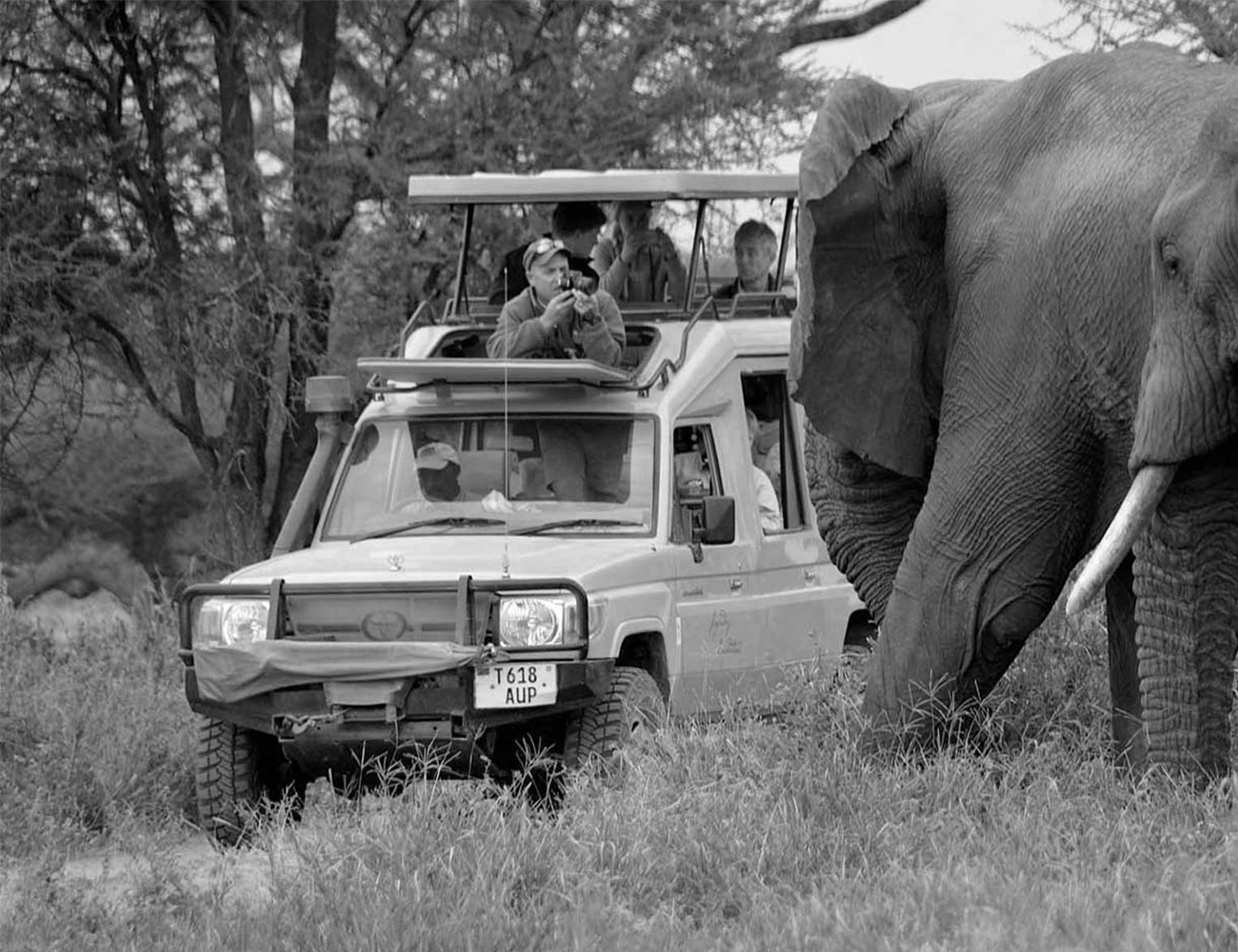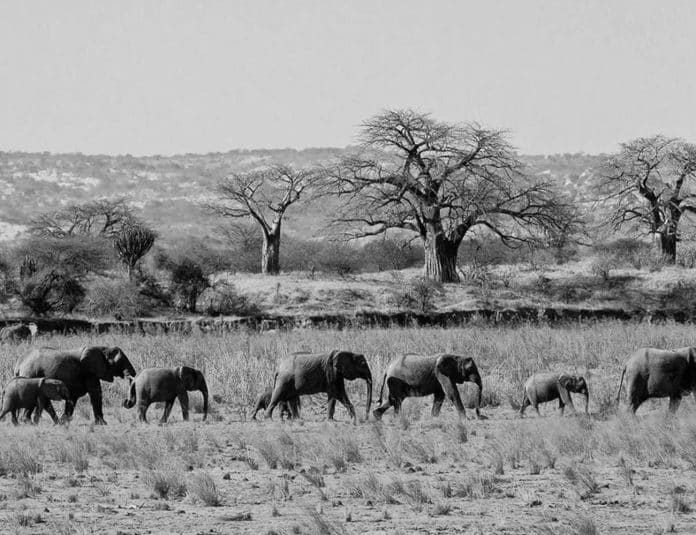Exploring the Wild Side: Unveiling the Wonders of Tarangire National Park in East Africa
Step into the untamed beauty of East Africa’s Tarangire National Park, where an unforgettable journey awaits. Embark on a safari adventure like no other, surrounded by stunning landscapes and an abundance of wildlife. Spanning over 1,600 square miles, Tarangire National Park is a hidden gem, known for its vast savannahs, ancient baobab trees, and the meandering Tarangire River.
As you set foot in this remarkable wilderness, prepare to witness the incredible diversity of wildlife that calls Tarangire home. From towering elephants to graceful giraffes, majestic lions to playful zebras, the park is a sanctuary for some of Africa’s most iconic species. Keep your camera ready, as you may even encounter elusive leopards and endangered black rhinos along the way.
But Tarangire is not just about its wildlife; it is also home to a rich cultural heritage. Explore the Maasai communities that reside in the area, and immerse yourself in their traditional way of life. From experiencing traditional dances to marveling at intricate beadwork, you’ll gain a deeper appreciation for the local culture.
Unveil the wonders of Tarangire National Park Tanzania East Africa and create memories that will last a lifetime.
Location and geography of Tarangire National Park

Tarangire National Park is located in the Manyara Region of Tanzania, East Africa. Situated southeast of Lake Manyara, the park is part of the larger Tarangire ecosystem, which includes the surrounding wildlife management areas. The park’s landscape is characterized by vast grasslands, acacia woodlands, and the iconic baobab trees that dot the horizon.
The centerpiece of the park is the Tarangire River, which meanders through the park, providing a vital water source for the wildlife that inhabits the area. During the dry season, from June to October, the river becomes a magnet for wildlife, attracting large herds of elephants, wildebeest, zebras, and other herbivores.
Tarangire National Park is often overshadowed by its more famous neighbors, such as Serengeti and Ngorongoro Crater, but its unique geography and diverse wildlife make it a must-visit destination for nature enthusiasts and safari lovers.
Wildlife in Tarangire National Park
Tarangire National Park Tanzania East Africa is renowned for its rich wildlife population, making it a paradise for animal lovers and wildlife photographers. The park is home to a wide range of species, including elephants, lions, leopards, giraffes, zebras, buffalos, wildebeests, and many more.
One of the park’s main highlights is its elephant population, which is one of the largest in East Africa. Tarangire is known to have some of the largest elephants in the world, with massive tusks that awe visitors. These gentle giants can often be seen roaming the park in large herds, bathing in the river, or grazing on the lush grasslands.
In addition to elephants, Tarangire is also a great place to spot big cats, such as lions and leopards. Lions are commonly seen lounging in the shade or hunting their prey, while leopards, although more elusive, can be spotted resting in trees or stalking their next meal.
The park is also a haven for birdwatchers, with over 500 species of birds recorded. From colorful lilac-breasted rollers to majestic African fish eagles, bird enthusiasts will be enthralled by the diverse avian life in Tarangire.
Birdwatching opportunities in Tarangire National Park
Tarangire National Park Tanzania East Africa offers exceptional birdwatching opportunities, with its varied habitats attracting a wide range of bird species. The park’s diverse birdlife includes both resident and migratory species, making it a haven for bird enthusiasts throughout the year.
One of the best areas for birdwatching in Tarangire is along the banks of the Tarangire River. Here, you can spot waterbirds such as herons, storks, and ibises, as well as the iconic African fish eagle, with its distinctive call and impressive fishing skills.

The park’s woodlands and open grasslands are also home to a plethora of bird species. Look out for the vibrant lilac-breasted roller, the colorful yellow-collared lovebird, and the strikingly beautiful Kori bustard. Additionally, Tarangire is a great place to spot raptors, including the martial eagle, bateleur eagle, and the secretary bird.
Whether you’re an experienced birder or new to birdwatching, Tarangire National Park offers a rewarding experience for all. The park’s knowledgeable guides and rangers can help you identify various species and share fascinating insights into the behaviors and habitats of the birds you encounter.
Best time to visit Tarangire National Park
The best time to visit Tarangire National Park Tanzania East Africa largely depends on your preferences and what you hope to see and experience during your visit. However, there are a few key factors to consider when planning your trip.
The dry season, from June to October, is generally regarded as the best time to visit Tarangire. During this period, vegetation is sparse, and water sources become scarce, causing wildlife to congregate around the Tarangire River. As a result, game viewing opportunities are excellent, with large herds of elephants, wildebeest, zebras, and other animals gathering along the riverbanks.
The dry season also coincides with the calving season for many herbivores, which attracts predators looking for easy prey. This makes it an ideal time to witness predator-prey interactions and spot lions, leopards, and cheetahs in action.
However, if you prefer lush green landscapes and birdwatching, the wet season, from November to May, can be a rewarding time to visit Tarangire. During this period, the park transforms into a vibrant paradise, with the arrival of migratory birds and the blooming of wildflowers. The wet season also offers the opportunity to witness dramatic thunderstorms and breathtaking sunsets.
Ultimately, the best time to visit Tarangire National Park depends on your personal preferences and the specific wildlife or experiences you are hoping to encounter. Consulting with a reputable tour operator or travel agent can help you plan your trip based on your interests and desired activities.
Safaris and activities in Tarangire National Park

Tarangire National Park Tanzania East Africa offers a range of exciting safari experiences and activities to suit every traveler’s preferences. Whether you prefer game drives, walking safaris, or cultural encounters, there is something for everyone in this remarkable wilderness.
Game drives are the most popular way to explore the park and get up close to the wildlife. Experienced guides will take you on thrilling drives through the park, navigating the rugged terrain in search of the park’s iconic inhabitants. Keep your eyes peeled for elephants crossing the road, lions lounging in the shade, or giraffes gracefully browsing from tall trees.
For a more immersive experience, consider embarking on a walking safari. Accompanied by an armed ranger, you can venture out on foot, exploring the park’s diverse ecosystems and learning about the smaller wonders of the bush. Walking safaris provide a unique opportunity to track animal footprints, identify bird calls, and gain a deeper understanding of the intricate ecological balance of Tarangire.
If you’re interested in cultural encounters, visiting the Maasai communities that reside in and around Tarangire is a must. The Maasai people are known for their vibrant traditions and close connection to the land. You can participate in traditional dances, learn about their way of life, and even visit a Maasai village to witness their daily activities and traditional handicrafts.
Other activities in Tarangire National Park include hot air balloon safaris, where you can soar above the park’s landscapes and witness the wildlife from a unique perspective, and night drives, which offer the opportunity to see nocturnal animals that are rarely encountered during daytime game drives.
No matter which activities you choose, a visit to Tarangire National Park promises to be an unforgettable adventure, filled with thrilling encounters, breathtaking landscapes, and a deeper appreciation for the natural world.
Accommodation options in and around Tarangire National Park
Tarangire National Park offers a range of accommodation options to suit every traveler’s needs and preferences. Whether you’re looking for luxury lodges, tented camps, or budget-friendly options, there is something for everyone in and around the park.
Luxury lodges provide the ultimate safari experience, combining comfort with a deep connection to nature. These lodges offer spacious rooms or suites, often with panoramic views of the surrounding landscapes. They typically feature amenities such as swimming pools, spa facilities, and gourmet dining options. Some of the luxury lodges in and around Tarangire National Park include Oliver’s Camp, Tarangire Treetops, and Tarangire Safari Lodge.

Tented camps offer a more intimate and immersive safari experience, allowing you to feel closer to nature. These camps provide comfortable tents with en-suite bathrooms and often have communal areas where guests can relax and share stories of their adventures. Some popular tented camps in Tarangire National Park Tanzania East Africa include Swala Camp, Little Oliver’s Camp, and Kuro Tarangire.
For budget-conscious travelers, there are also camping options within the park. Public campsites are available for self-catering, and basic facilities such as toilets and showers are provided. Camping in Tarangire allows you to experience the sounds of the African bush at night and wake up to the sights and sounds of wildlife surrounding your campsite.
In addition to accommodation within the park, there are also lodges and camps located in the adjacent wildlife management areas, offering a more exclusive and secluded experience. These properties often provide a combination of game drives and walking safaris, allowing guests to explore the park and its surroundings in different ways.
No matter which accommodation option you choose, staying in or near Tarangire National Park ensures that you are close to the action and can maximize your time in this wildlife-rich destination.
Conservation efforts in Tarangire National Park
Tarangire National Park Tanzania East Africa is not only a haven for wildlife and natural beauty, but it is also a stronghold for conservation efforts in East Africa. The park is managed by the Tanzanian National Parks Authority (TANAPA) and is committed to protecting the park’s biodiversity and promoting sustainable tourism.
One of the key conservation initiatives in Tarangire is the protection of its elephant population. The park plays a crucial role in conserving and managing these magnificent creatures, ensuring their long-term survival. TANAPA works closely with local communities to mitigate human-elephant conflicts and raise awareness about the importance of elephant conservation.
Another conservation effort in Tarangire focuses on the preservation of the park’s unique ecosystems, including the baobab trees and the Tarangire River. These habitats provide essential resources and shelter for a wide range of species, and their conservation is vital to maintaining the park’s ecological balance. TANAPA collaborates with local communities and international organizations to monitor and protect these ecosystems from degradation and human encroachment.
In addition to wildlife and habitat conservation, Tarangire National Park also invests in community development initiatives. TANAPA works with local communities to promote sustainable livelihoods, including ecotourism ventures, handicraft production, and cultural tourism. These initiatives not only provide economic opportunities for local communities but also foster a sense of pride and ownership in the park’s conservation efforts.
Visitors to Tarangire National Park can contribute to these conservation efforts by supporting responsible tourism practices, such as respecting wildlife and their habitats, minimizing waste, and supporting local communities through the purchase of locally made crafts and products.
How to get to Tarangire National Park
Tarangire National Park is easily accessible by road and air, making it a convenient destination for travelers from around the world.
If you prefer to fly, the nearest international airport is Kilimanjaro International Airport (JRO), located in Arusha, Tanzania. From the airport, you can arrange a domestic flight to Arusha Airport (ARK), which is closer to Tarangire National Park. From Arusha, it is approximately a two-hour drive to the park’s entrance.
Alternatively, you can opt for a road trip from Arusha to Tarangire. The journey takes approximately two to three hours, depending on traffic and road conditions. Many tour operators and travel agents can arrange private transfers or group tours from Arusha to Tarangire, ensuring a comfortable and hassle-free journey.
It is important to note that a 4×4 vehicle is necessary to navigate the park’s rugged terrain, especially during the rainy season when some areas may become impassable.
Why Tarangire National Park should be on your travel bucket list
Tarangire National Park Tanzania East Africa is a true gem, offering a captivating blend of wildlife, landscapes, and cultural heritage. From the moment you set foot in the park, you’ll be greeted by a world teeming with life and natural wonders.
Whether you’re an animal lover, birdwatcher, or culture enthusiast, Tarangire has something to offer everyone. From the iconic elephants and majestic lions to the vibrant birdlife and traditional Maasai communities, this park is a treasure trove of experiences waiting to be discovered.
Beyond its natural beauty, Tarangire National Park is also at the forefront of conservation efforts in East Africa, ensuring that future generations can continue to enjoy its wonders. By visiting the park and supporting responsible tourism practices, you can play a part in preserving this unique ecosystem and making a positive impact on the local communities.
So, pack your sense of adventure and get ready to explore the wild side of East Africa. Tarangire National Park awaits, ready to unveil its wonders and create memories that will last a lifetime.
For more articles related to Wildlife Parks in Tanzania (Tanzania National Parks and Game Reserves), click here!


































